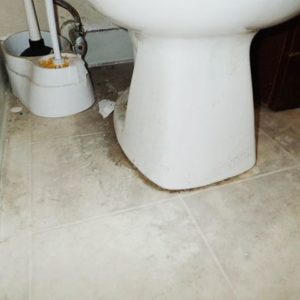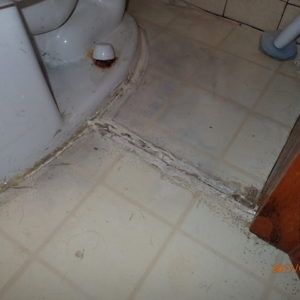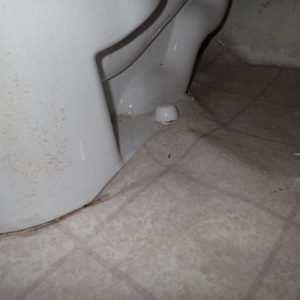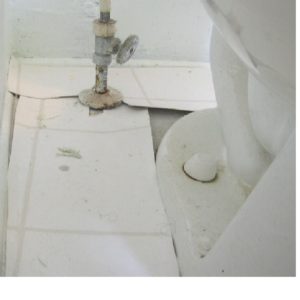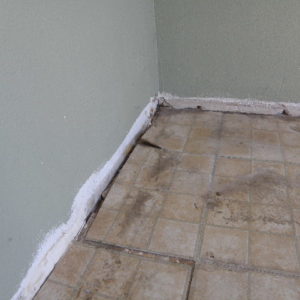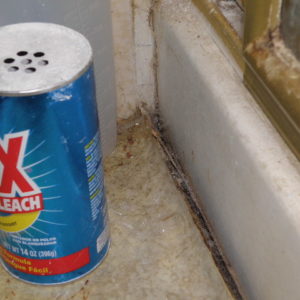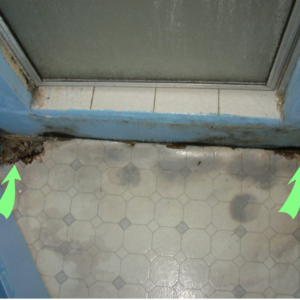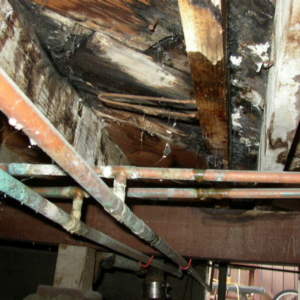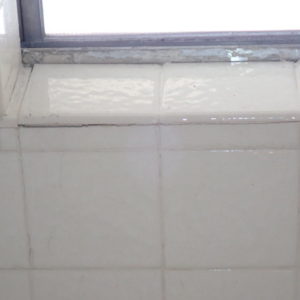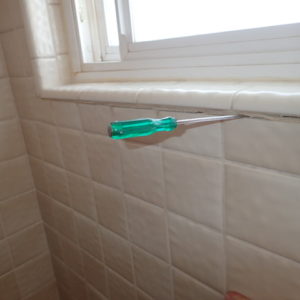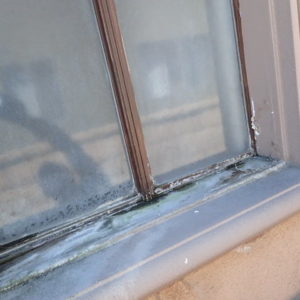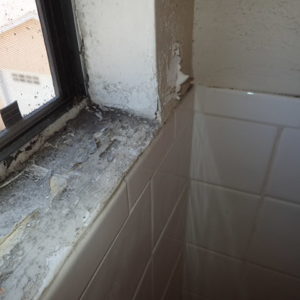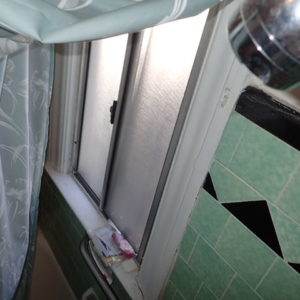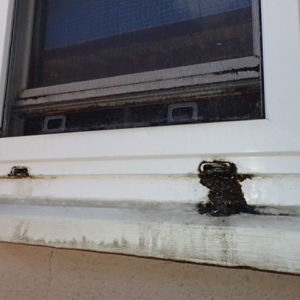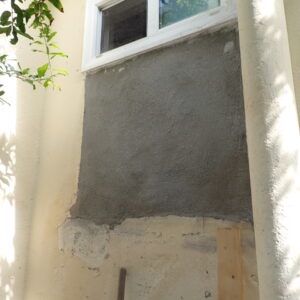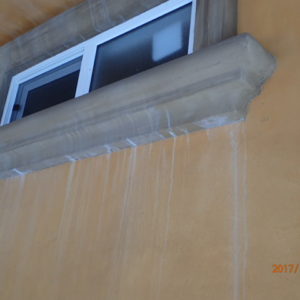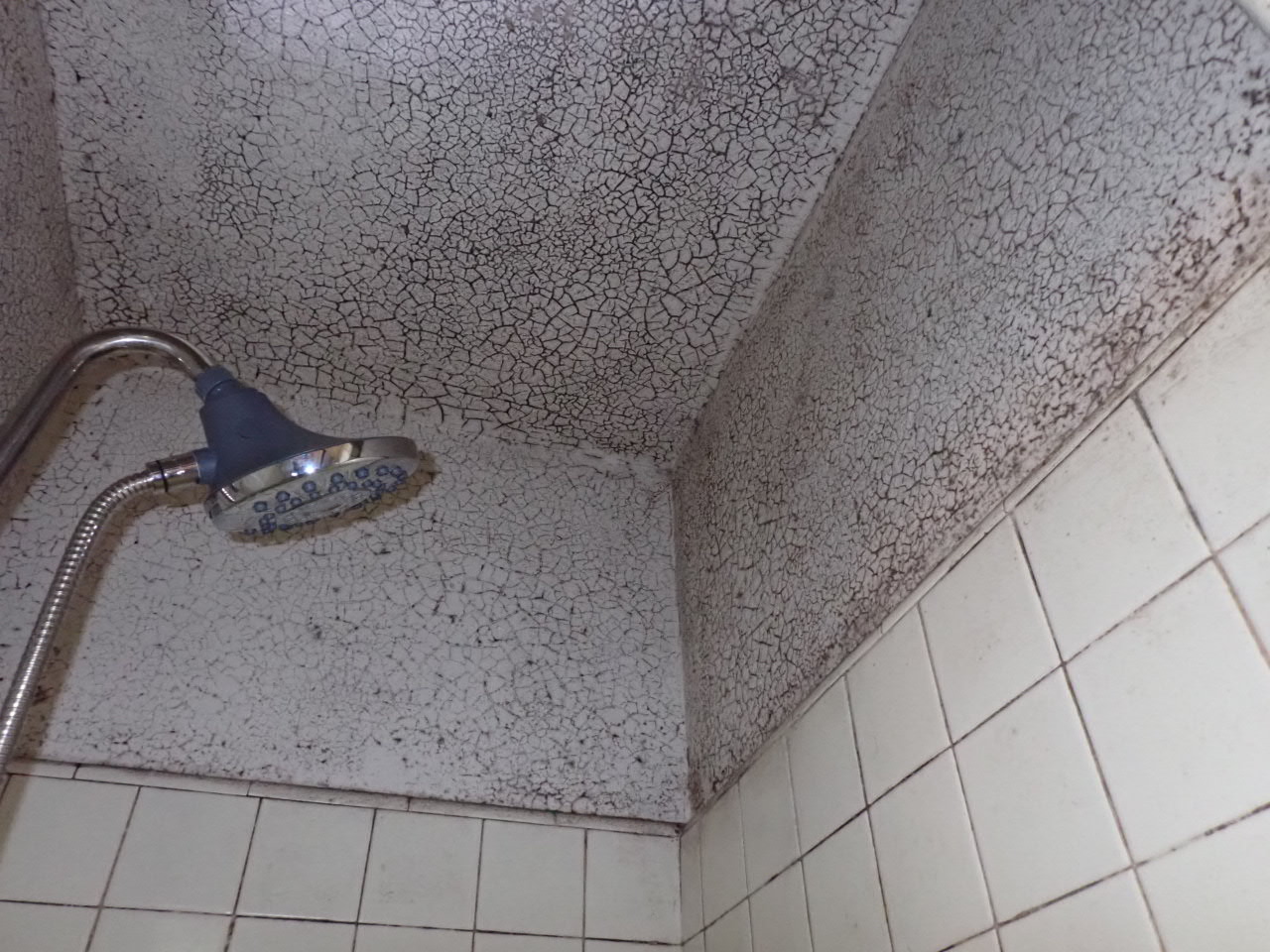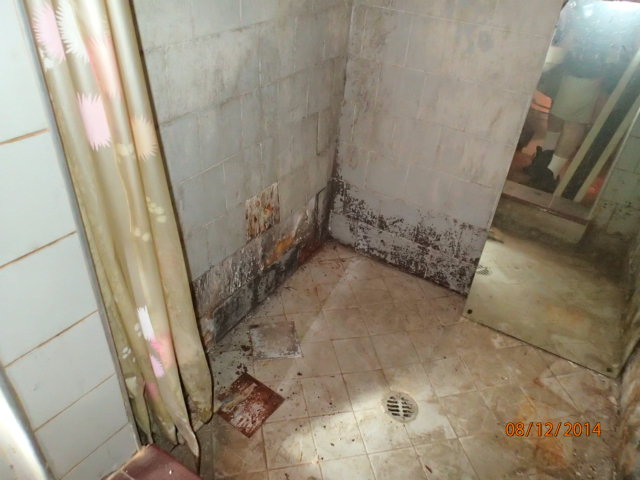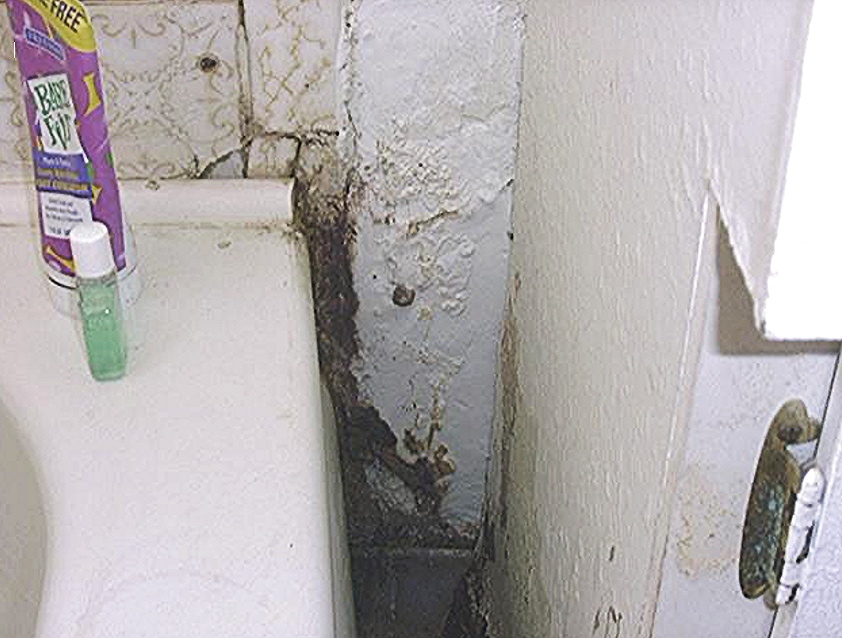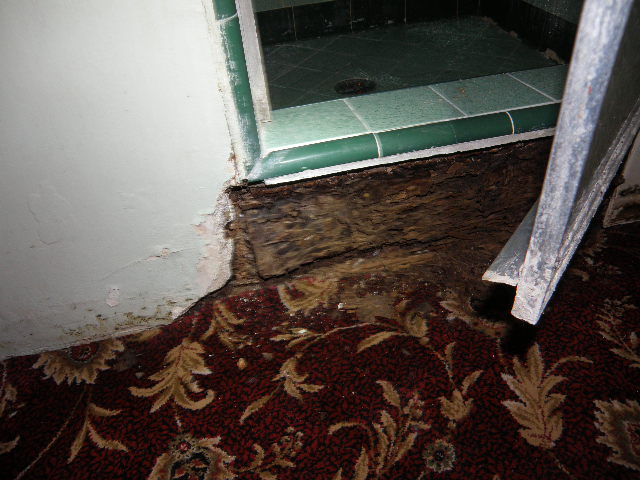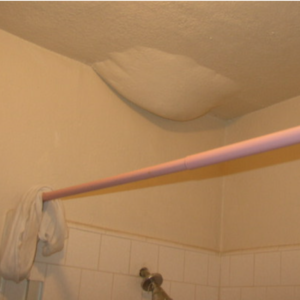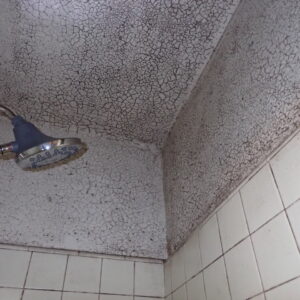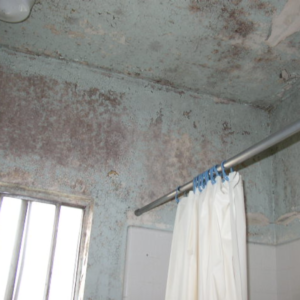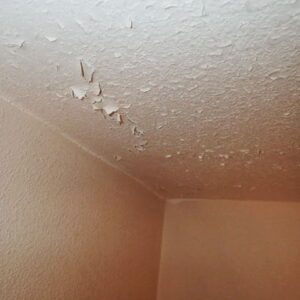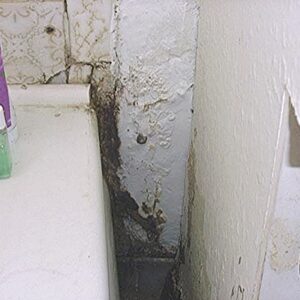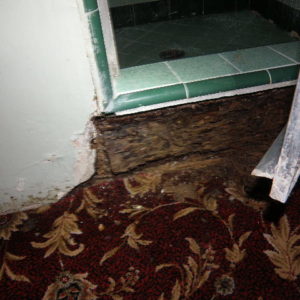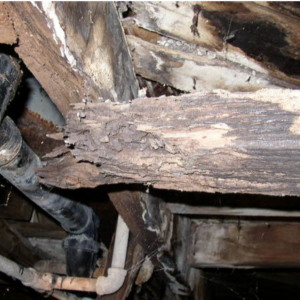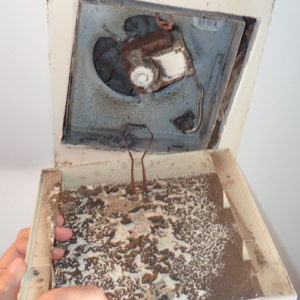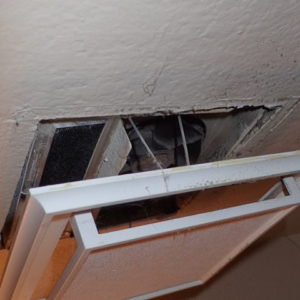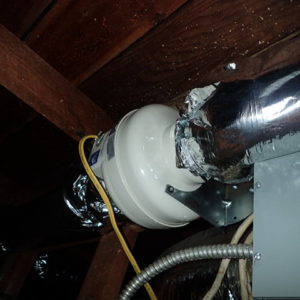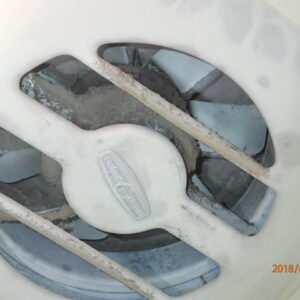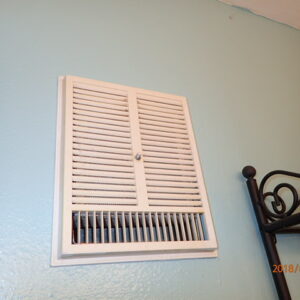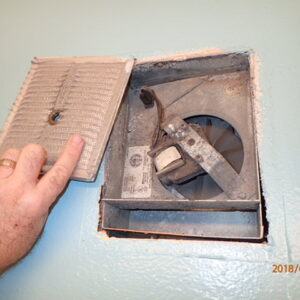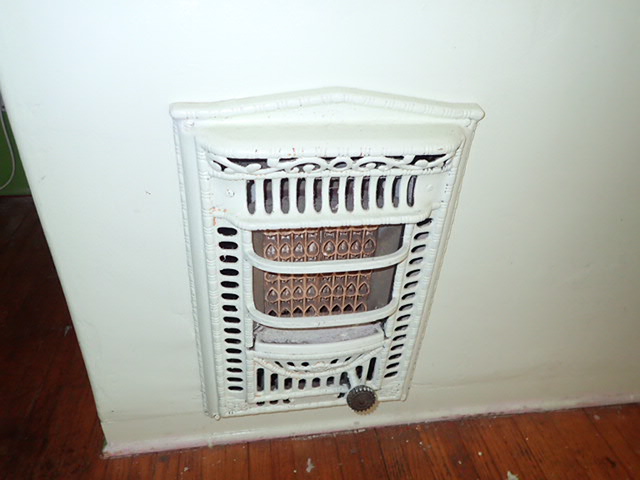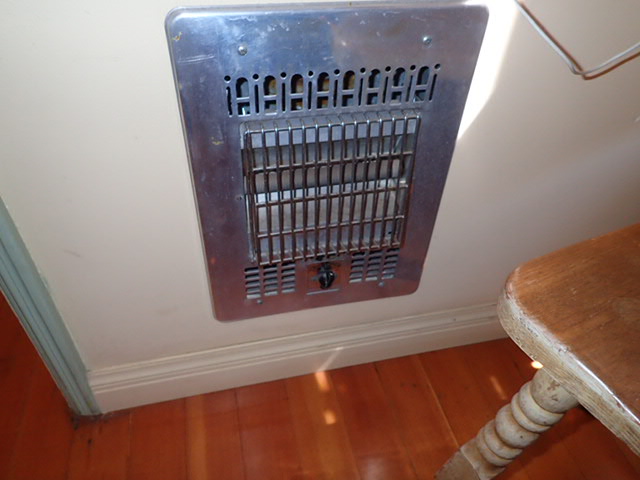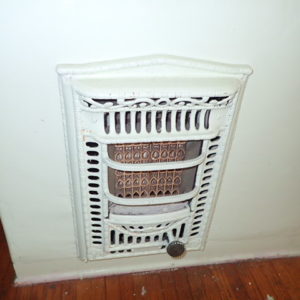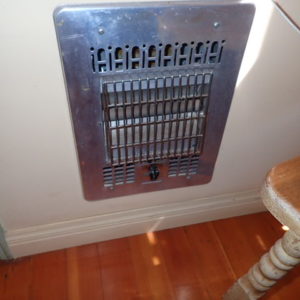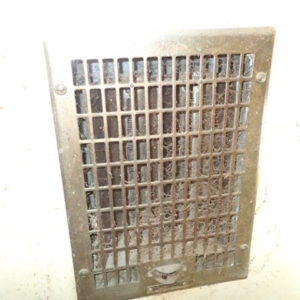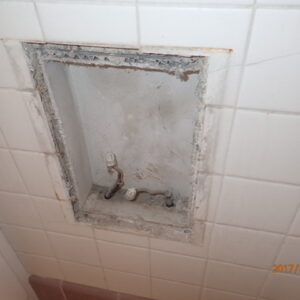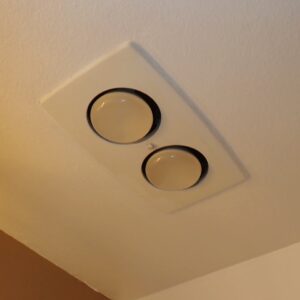Call it what you want, but we all know what is meant by a bathroom. The latrine. Water closet. Powder room. The Head. The lavatory. The washroom. The restroom. No need to keep going. But after the ride home from vacation and the last soda stop was three hours ago, we all know there will be a polite fight to get inside the house.
Terms for a full bath, ¾ bath, half bath are casually used to describe the extent of fixtures in the room that operate with water. A full bath will have bathing and shower available as well as a toilet. A ¾ bath usually denotes a shower but no tub and a half bath generally means a toilet with a sink only. That is often used in the real estate industry and mimicked in construction and design. The insurance industry may use their own terms but will attempt to include descriptive terms to add detail to their replacement value if something breaks. That will mean an insurance agent may note your house with an economy bath, upgraded bath or luxury bath. What is the difference? A single fiberglass tub and shower combination enclosure with a pedestal sink is different by $10,000 to $20,000 to $40,000 or more for two separate sinks with makeup vanity on marble. Add a separate natural stone shower enclosure with steamer and transom window to let out steam with still a separate spa tub and two separate toilet rooms and the “Hers” side also has a bidet. Oh yes, do not forget the radiant floor heating that takes over an hour to warm up and the electric towel heating rack. Might as well add leaded glass to the exterior windows to make them obscure and $1500 or more each depending upon size. Heck, I have seen a bathtub waterfall spigot for sale for more than $1500. When you have the “money is no object” mentality, you can keep on adding stuff that pays your local contractor enough to take a trip to Hawaii when he is done.
So let’s discuss the bathroom.
A whole lot of these subjects are familiar to you already, but when you add water into the mixture, everything gets more complicated. The specific appliances/fixtures will be discussed individually. You can often just peek at the individual subject slide shows below and get a lot of information. You can also get your favorite cup of tea, coffee or adult beverage and because there is a lot of stuff under the topic of bathrooms.
Floors Always look for “spongy” flooring next to the bathtub and by the toilet that can tell the history of water problems. As water splashes out of the shower curtain or past a glass door, the water goes down the wall and into the small gap that you and I may not notice at the floor. The waterproofing is on the inside of the shower enclosure, not on the outside. This is one way that moisture damage occurs at the floor and the termite companies are often faced with repairs that may actually be beyond their capability. It is not unusual for a termite company to refer floor repairs that include joists, etc. to a contractor to prevent becoming involved in structural concerns.
Bathroom Flooring
If ever you need work done underneath the bathroom and you hear the words “fungus or mold” use a camera. For a termite company in certain states to provide clearance from “wood destroying organisms”, the property is supposed to be free from termites or fungus and mold. Fungus that damages wood is a Wood Destroying Organism. The dry rot that is common on exterior facia board at the roofline is no different than the dry rot that occurs under a house. The biggest issue is that you probably won’t go under the house! I am not trying to be mean, but realistic. The seller of the property in all likelihood also did not go under the house to photograph below the bathroom. They are simply trusting in the termite inspection. And being realistic, the owner of the company could be an excellent contractor and conscientious but a helper may have gone under this structure who has not yet learned all the ropes, etc.
Another important note for flooring. For a termite company to provide “clearance” they are supposed to treat any mold-like substance with fungicides. They are also supposed to “REMOVE” any damaged or moldy wood if it cannot be scraped and treated. I have come across “repairs” that only nailed a new piece of plywood partially covering a section of rotten floor. If the structurally damaged wood is not removed, it is wrong.
Take a look at the section of this website on Structure/Foundation/Foundation Sub Floors for examples of surprises that happen under houses after 20, 40 , 80 or 100 years.
Another flooring concern is from the DIY (Do It Yourself) Family member that doesn’t know how to properly install tile or other flooring. Inevitably there will be uneven seams and maybe uneven layout and grout lines/gaps that are readily visible. This instantly causes suspicion in the rest of the work that was completed. That is not dangerous but sends red flags up in your mind and you should ask what “they” fixed or installed so you can keep an eye on that.
Windows The first thing is to be certain that the windows at least open. Steam from bathing in the winter will decrease the air quality in the house because of mildew and mold growth.
Too often a designer overlooks a feature when it comes to bathroom windows or a contractor is too cheap. The most common windows are going to be a single hung sash, a double hung sash, a sliding window or a casement window. Awning windows are also available for bathrooms. Bathroom windows are generally fitted with “obscure glass” for modesty. This can be a frosted window, rain glass, etc. and many designs that make it up obscure so no one has a peep show going on from outside the bathroom. Where we are heading with this line of thinking is that most men can wave to their neighbors from the shower and still maintain their modesty because the window is high enough. If the window opens lower, the women may not want to see people outside gawking at them. Yes, many new sardine developments are so close together you could shake hands with your neighbor from your bathroom window when he is in his bathroom, but we won’t go there.
So if a window is obscure for modesty while taking a shower, does it still provide the same blocked view when you open the window to get the steam out? Most single hung bathroom windows will be frosted on the bottom, but if you lift the window, there is no more modesty for a woman. A sliding window has the same occurrence when you open the window to let the steam out. A highly recommended suggestion is to install a “double hung” window. This design allows the bottom window to stay in the closed position and the top window to be lowered/opened. Steam is closer to the ceiling anyway and opening the top of a double hung window will allow the steam to exit and minimize mildew in the bathroom and still maintain the modesty of anyone who is in the bathroom.
CodeMany bathroom windows in the old houses were installed low in a shower wall. This often leads to moisture damage as water rests on the windowsill. Not many people in cold winter decide to open the shower window when they are naked. So the water sits on the windowsill and frequently damages the framing. Besides the obvious visibly damaged wood framing, try to look closely at any tile installation on the wall and windowsill. The grout lines are porous and will absorb moisture. Just setting all the shampoo bottles on the window sill area will make certain that water sits directly upon the same porous grout lines are seep down between micro-gaps in wood framing. When water reaches the interior wall wood framing, the wood will swell. The sign to look for is tile that is lifting or bowing off the wall. Also cracks can develop if the tile adheres well but tile does not flex like the wood and so fractures develop. These are sure signs that rebuilding this area should be considered and possibly re-designed.
Windows in Bathroom
Walls & Ceilings Be careful of designers that thinks something is very “Pretty” and they want you to install it in the bathroom. A magazine picture you cannot talk to to see if it failed. Bathrooms have steam. Certain things sell magazines but do not work in the long run. Do not do it. Are you listening? Vinyl wallpaper will still hold moisture. Old wall paper products always hold moisture and develop mold. Do not try exposed raw wood thinking you are on a ship or in a cabin and these cedar shingles “Are just the Bomb!” or “The talk of the Town!” The last statement will be every contractor saying, ”Do not use that designer, they do not know what they are doing!” Fresh water will rot the wood. Salt water from the ocean does not “quickly” rot wood. That’s why we find driftwood that looks very old but not rotted at the beach. Fresh water always causes mold and decomposition. A window installed low in a shower wall will deteriorate with dry rot. It is just a matter of time.
CodeWalls and Ceilings
Do not try reed grass or bamboo wall coverings in the bathroom. Enjoy the orient but not near the shower. If you want a moldy Cambodian or Vietnam jungle, enlist in the military. Watch out for 1960s and 1970s acoustic spray ceilings. This will absorb moisture and can never be washed.
Also watch out for cheap painters. Semi-gloss and gloss paint should be used in these high moisture areas. Flat paint will only cause trouble and can never be properly cleaned. Ask any Mom who tries to clean children’s hand prints off a wall.
Doors Everyone wants a bathroom door to properly latch and lock. If there is a three-year-old child in the house, Mommy will never find peace and quiet without a lock on this door. When a home is purchased, everyone has a “House Warming” party. Minimize the embarrassment of your first party with a bathroom door that locks. And install a fan.
Was the bathroom designed for easy maneuvering? Many doors may now come into contact with a newly installed vanity cabinet that is too large or has been altered, etc. Can you walk by the toilet without hitting yourself with the door? Ask if this was a permitted bathroom or remodel.
Electrical Most everyone is aware that a bathroom outlet is supposed to be protected by a GFCI device. This has been in the codebooks since 1975. What could be irritating is the cost cutting by contractors and/or electricians. There are two common occurrences often seen when wiring bathroom outlets and sometimes these can be altered/corrected. This next little section is not describing a failure in the electrical system, just cheap electricians and accountants.
The first point about a GFCI outlet is sometimes there are multiple bathrooms on the same circuit breaker. This translates to how many outlets are on this single line? Similar to Christmas tree lights, if more than one person is using an appliance in the bathroom, such as two hairdryers operating getting ready for church on Sunday, that draws too much electric current and trips the breaker panel or GFCI device. Hopefully it is not raining with the breaker on the outside while both girls are in their robes. The house may have been built with all bathrooms on the same circuit and unless they could be separated individually, this may be a regular tripping occurrence. The electrician saved $25 to $35 and you have to live with it.
The second point about GFCI outlets all being on the same circuit breaker is the first outlet closest to the breaker panel may often get the GFCI device to reset the entire line. Roll the dice. Does the master bathroom start the circuit line? Or is it in the other bathroom? In many Townhomes the floorplan is the garage at the bottom, then the first living space level has a powder room and then the third floor is the master bedroom. When the master bathroom plain looking outlet trips, Mom is no longer the Master of the house. She has to go all the way downstairs in her robe and find this outlet in the cold garage just to push the button and finish drying her hair. It is highly recommended to allow each bathroom to have their own GFCI device with a reset button.
BATH FAN Bathroom exhaust fans are very helpful for a number of reasons. If at all possible, a bathroom fan is best when it is on a separate switch. When you are brushing your teeth at night, you may not need the fan to be making all that noise. Think of baby sleeping and you finally have time to brush teeth, etc. No fan needed at that time. Another recommendation is to put the bathroom fan on a timer. In the early winter mornings when a hot shower steams up the mirror, who has time to wait 30 minutes with the fan on to prevent mold and mildew in the bathroom when you need to get on the freeway and be racing to work? Or taking a hot comforting shower after a cold rainy night, there is nothing worse than waking up at 2 AM hearing the bathroom fan still going. How about going on a 3 week vacation and coming home to find out you left the fan on and will pay for 3 weeks of electricity! A timer will prevent those situations. You turn on the timer and let it go and never worry about if you turned off the fan, etc. It also prevents the children from forgetting to turn off a fan – daily.
CodeBathroom Fans
BATH HEATING Cold rooms and starting a shower in winter lead to cold people for the first few minutes. Heating a bathroom can allow a time of comfort and relaxation. Some methods are more efficient than others and some can be considered outdated and even dangerous.
Heating is not required in the bathroom by codes. No one spends the night sleeping in a bathroom except in the old Beatles song, “Norwegian Wood”. Many bathrooms do not have any form of heat from the central heater. There are several methods regularly used and just like everything else, there are pros and cons with each installation.
Currently, in this new century, a central heater supply register can be installed just like any other room of the house. Often times a central heating register for supply air sits high on the wall or ceiling, the most common complaint by some is that they are heating an empty room and the person believes they are losing money. This is almost always an insignificant amount and if they would simply find two aluminum cans in the nearest park trashcan they could recoup their month expenditure cashing in on the aluminum. Primarily, close the register if it has a damper or ignore it.
Another method of having central heat in a bathroom is to have a specifically installed floor vent that can be installed under the vanity or possibly under the cabinet base, etc. This is often touted to all the friends and neighbors as it is considered a nice upgrade. Just like everything else though, having the heater blowing 120° air on you for more than a few minutes might cook your feet or overheat the woman of the house while she is putting on her makeup in the morning (usually more than five minutes). During a bath time or shower this will heat the room possibly better than an overhead register so placement is critical in a floor heating register.
Then there is the old infrared light bulb. There is almost always a separate switch and as you are drying off this can feel very good. Most of the original heat lamp fixtures also incorporated the exhaust fan in the same fixture. Just watch out for little boys and girls who were playing a long time in the bathtub and getting sunburned.
Bath Heaters
Many of us have also experienced the electric wall heater. Yes, these units can put heat into the bathroom. You have to decide if it is worth the trade-off between risk against comfort. The electric coils will become dusty and need to be cleaned every few months. When the machine is off and cold, a can of compressed air that is often used to clean a computer or camera can be used to blow the dust off the coils and vacuum the accessible areas. If vacuuming with the brush attachment, be certain that no bristles or “hairs” are left on the electric coil as they will instantly burn up when the appliance is turned on.
Some of the concerns about these appliances are how that will be used? If your children are coming out of the bathtub with wet hands, do you really want them touching an electric switch with wet hands that are dripping? If this is an older electric wall heater, the switches are notorious for having bad contacts and actually make a large “spark”. There is also a 50/50 chance that the switch is on top of the appliance. This means that when you go to turn the unit off after a 15 minute bath, etc. you might possibly burn your hand because everything has heated up. Some people can disable the switch at the appliance and bring the switch to a different location and possibly where the normal light switch is located. This is a better solution if this appliance remains in the wall.
Lastly, many of these electric appliances have openings that are large enough for little fingers of children to touch the coils, let alone the entire appliance is now hot metal. We always hope no one puts their fingers in it, but it is possible and just ask the emergency wards at hospitals. Some people take the entire appliance out and build a small magazine rack. It is your choice, just please be aware of young children.










